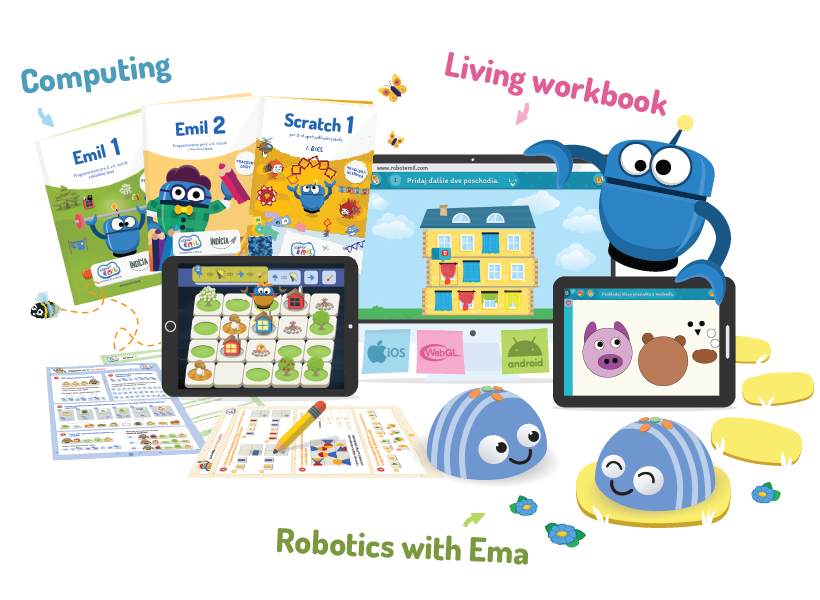Emil is a unique method for teaching and learning computing at primary school – for every learner, letting them experience the joy of discovery.
We are developing Computing with Emil for schools and in schools.
With Emil’s help, we strive to support the development of:
- modern programming and thinking skills,
- critical and analytical thinking,
- computing as a new instrument for discovering, learning, and creating.



















